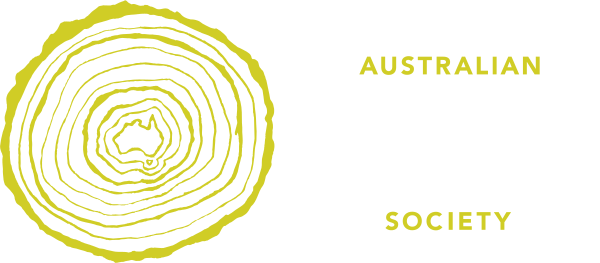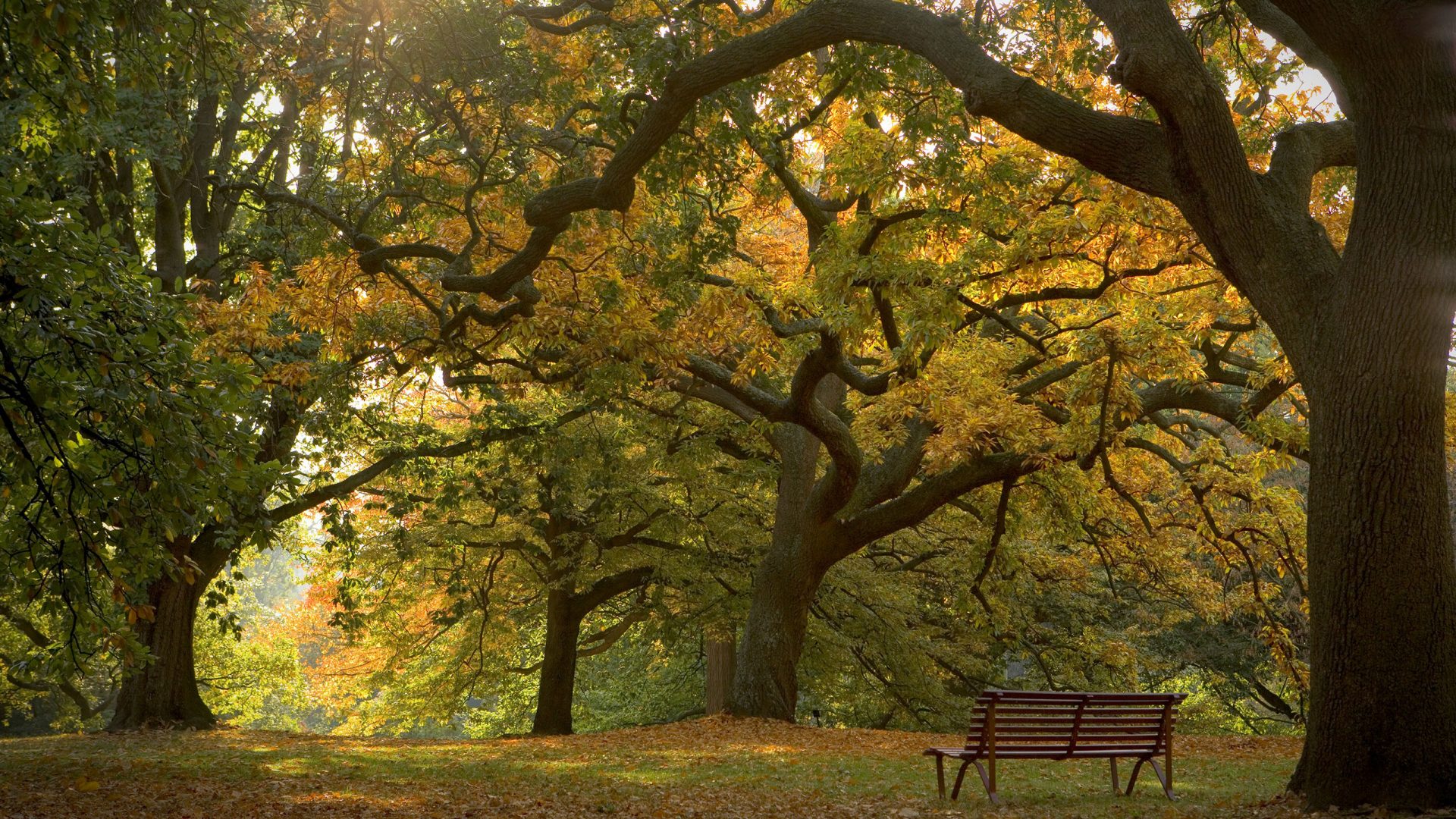Peter Good was one of a remarkable team assembled by Joseph Banks for the voyage of the HMS Investigator, captained by Matthew Flinders, to survey the coast of New Holland in 1801–03. Though a man of humble origin, Good kept a diary; his entries show him to have been an intelligent and observant man with some education. Dot Evans reviews a new book about him: Peter Good, Kew’s gardener with Matthew Flinders on HMS investigator 1801-1803, edited by Alex S George and David T Moore, Four Gables Press, Kardinya, Western Australia 2022.
Before becoming editor of the Flora of Australia, Alex George was a taxonomic botanist at the Western Australian Herbarium for 21 years. David T Moore’s particular interest was in Robert Brown*, the botanist on Matthew Flinders 1802–3 expedition. Together, they have produced a brilliant book based on Peter Good’s experiences on the Investigator as recorded in his diary.
Although he was called ‘the gardener’, Good’s job was to accompany Robert Brown, the botanist, on his collecting excursions and then to press and dry the plants. He was also tasked with collecting seed that had to be preserved and sent back to the Royal Botanic Gardens, Kew, London for growing on. Live plants were dug up and planted in soil in boxes and were carefully nurtured.
About half this book is devoted to a reproduction of Peter Good’s diary. It was first published in 1981 by Phyllis Edwards, then Botany Librarian at the British Museum (Natural History). That version contained several inaccuracies. George and Moore have corrected these errors, added very interesting notes and supplied the current Latin names for all the specimens referred to.
The rest of the book contains 18 appendices. They include details of where each plant was collected on the round-Australia voyage; Good’s list of living plants (although few if any of them got back to Kew as most were on the wrecked Porpoise); his seed list from Timor and even the vegetable seeds that he planted on Kangaroo Island. The seeds he sent to Kew are reproduced from the Kew Inwards book (1805-90).
The editors credit the voyage with introducing at least 100 species new to cultivation, mostly legumes and Proteaceae. The thousands of dried plant specimens now in herbaria all over the world are mostly attributed to Robert Brown, although Good would have been involved in their preparation as well as much of the collecting.
While his seeds made it back to England, Peter Good did not. He died of dysentery in Sydney a few days after the Investigator completed the circumnavigation of Australia.
This is a most comprehensive book, extremely well researched and presented. The focus is on the botanical collections of the Flinders expedition. I found the diary and notes very interesting and the detailed plant lists and localities will appeal to historians, botanists and native plant gardeners.
* See a review by David Bedford of The Robert Brown Handbook, a guide to the life and work of Robert Brown (1773-1858), Scottish botanist by David J Mabberley and David T Moore, with the assistance of Jacek Wajer in Australian Garden History, Vol.34, No. 1, July 2022

